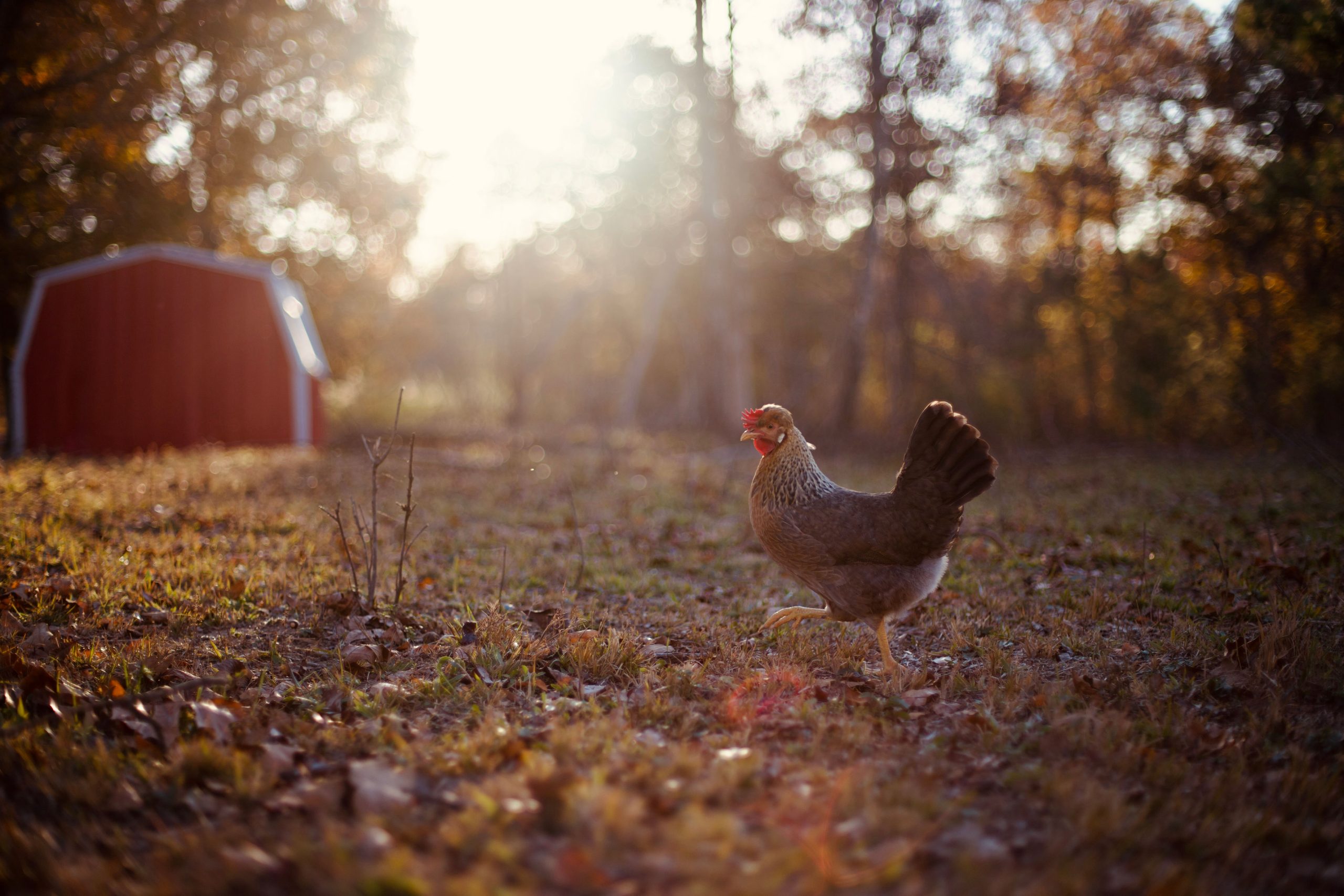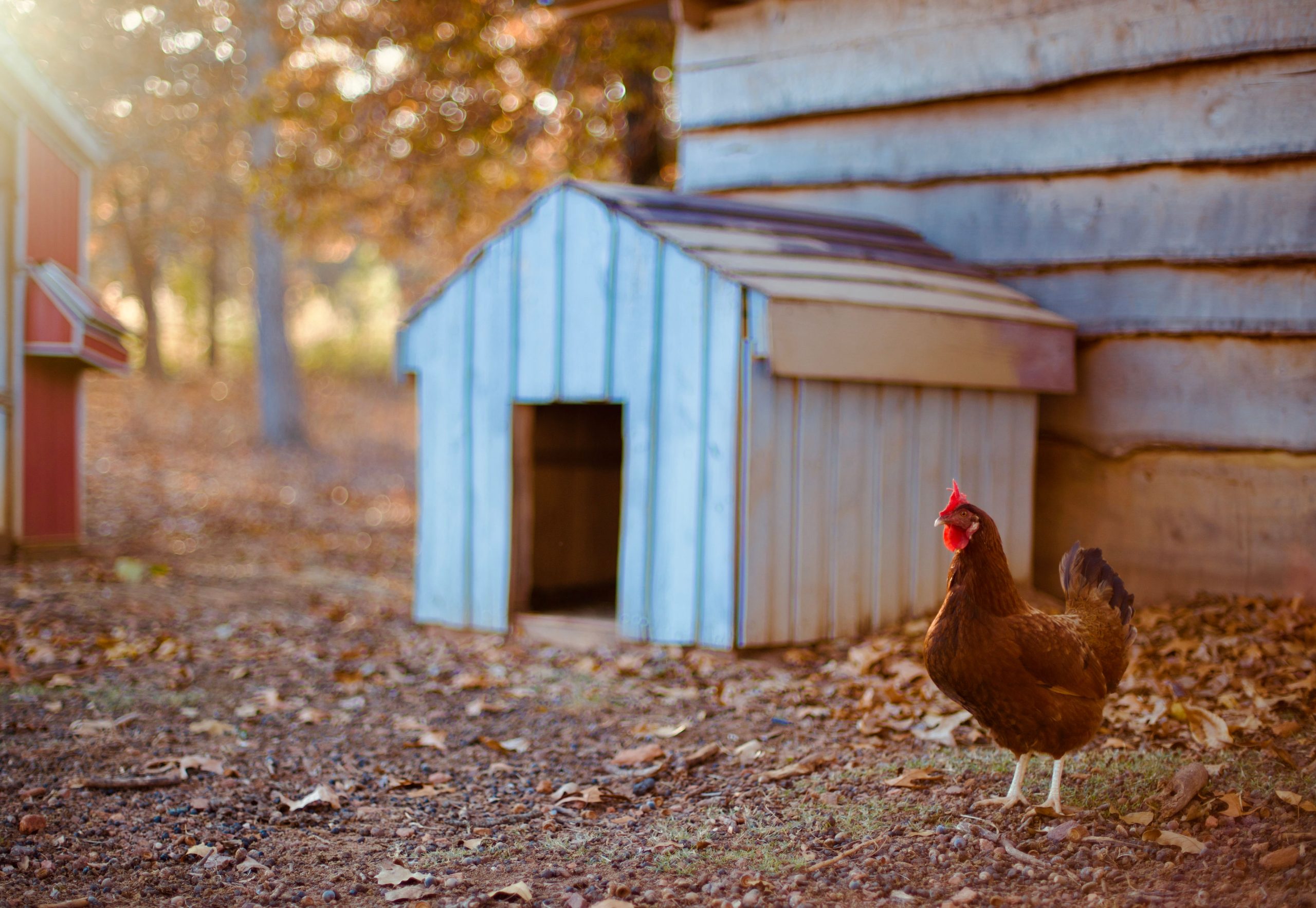Pasty Bottom: Not the Chicken Trend Anyone Wanted
It’s a rite of passage for new chicken owners—thinking you’ve got the cozy brooder thing down, only to spot what looks suspiciously like a fluffy little bird sporting… well, let’s just call it a diaper malfunction. Welcome to the glamorous world of “pasty bottom”—the poultry equivalent of a clogged pipe at the worst possible moment.

What Exactly is Pasty Bottom?
Forget spa days and tail feather preening—“pasty bottom” happens when droppings get stuck to the downy fluff under a chick’s vent. The technical name is “pasting up,” and while it’s not the kind of thing folks brag about on Instagram, it’s one of the most common (and least photogenic) chick ailments out there.
Why Do Chicks End Up with a Messy Rear?
Usually, it’s a combo of stress—moving, chilly brooder temps, questionable snacks—and sometimes even the intensity of that heat lamp you just rigged up after reading about “extra crispy” disasters last week. Chicks are delicate; if their home is too hot, too cold, or too exciting, the digestive system can respond with a messy little protest.
The Fix (No Magic Wand Required)
- Check the brooder temperature—Not enough warmth and chicks shiver; too much and you might need a spatula. Aim for the Goldilocks zone (95°F first week, drop 5°F each following week).
- Clean it up, pronto—A chick with pasty bottom can’t poop properly, which can be fatal. Grab a soft cloth, warm water, and gently loosen the mess—no fancy gadgets required. Be careful not to pull the feathers or fluff too much. A chick’s skin is incredibly thin and can tear with too rough a hand.
- Watch the snacks and water—Keep their diet basic (starter feed and clean water) until things settle down. Skip the fancy treats until every bottom is back to looking fluffy, not funky.
Prevention: Keep Those Butts Buff
Brooder hygiene, proper diet, and avoiding stress are the holy trinity. And if you catch pasty bottom early, you can save your chicks—and yourself—from a whole morning spent in the “avian bidet” business.
Only Chickens Should Be Cheep—Never Your Clean-up Routine
Remember, every great backyard flock began with a few cleaned chick bottoms and a little humility. Next time someone asks how your babies are doing, you’ll have a tale to share that’s equal parts adventure and absurdity—“No, really, I was a chicken rear-end specialist for three straight weeks.”



